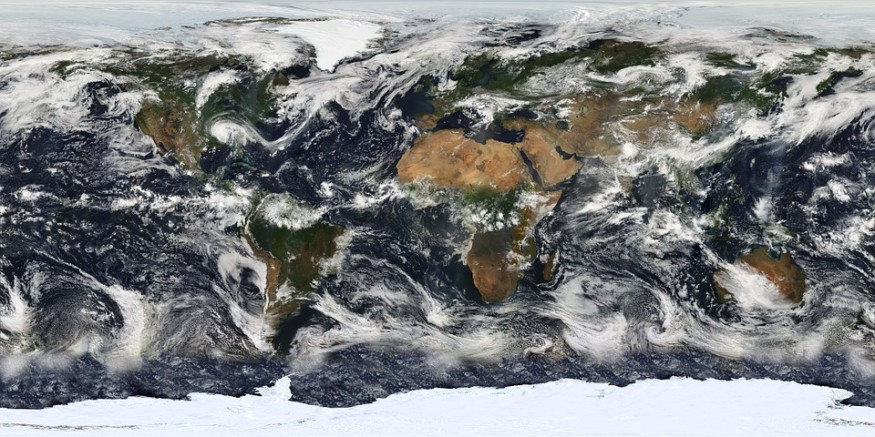
Researchers are now utilizing GPS to calculate air moisture for better weather forecasts. The strategy is currently being fused into the Bureau of Meteorology's climate figure models following fruitful tests over Australia's World Space Week 2019.
The RMIT University, Geoscience Australia, and Bureau of Meteorology's coordinated effort have outfitted the developing system of GPS receivers to give more accurate, constant weather forecasts.
The structure works by calculating the time it takes GPS signals from overhead satellites to arrive at ground collectors. The sign can be somewhat postponed by the troposphere's moistness. It will eventually cause a 'zenith total delay.' Hence, the researchers measure the delay to surveying air moisture.
John Le Marshall, who serves as an RMIT Adjunct Professor and Bureau Senior Principal Research Scientist, said it was an exciting new function for real-time weather forecasts and measurements.
"Atmospheric water vapor is highly variable yet vital to accurate analysis and weather forecasting," Le Marshall said.
GPS is showing value progressively to meteorologists, with another finished task of rotating of GPS flag through the air to determine the temperature at various altitude, although this framework estimates the postponement in the appearance of signs before deciding water vapor levels.
Bill Callahan, vice president of federal programs at Earth Networks, noted that the most signal delays in GPS frequency transmissions are caused by water vapor in the atmosphere.
He added that weather forecasters and scientists could figure out how much water vapor is in the atmosphere and support that in forecasting, given that GPS could identify signal delays at the millimeter level.
While the latest innovation could be applied anywhere, it's crucial to an inadequately populated nation where there's an absence of ground-based meteorological perception stations.
Le Marshall said weather forecasts are dependent on accurate atmospheric observations. But because of the limited stations, drawing measurements from across the vast continent has always been an issue.
He stated that the technology was able to coordinate with an Australia-wide network of 256 GPS receiving stations. Le Marshall continued by saying the number of stations continues to grow and expand over the coming years due to the GPS.
Professor Kefei Zhang, director of the RMIT SPACE Research Centre, said that GPS as a revolutionary technology for Positioning, Navigation, and Timing (PNT) provided a low-cost, powerful means of precise measurement of the earth environment.
"GPS can fill that gap. It's a revolutionary technology. It's the missing link," Professor Zhang said.
How it works
The signals from the GPS satellites are being transmitted to the atmosphere's surface. The atoms and molecules in the atmosphere, however, slow down the signs in order for them to arrive slightly later than they could if the Earth was surrounded by a vacuum.
The results are being reflected in the GPS receivers. The receiver or measurement processing software needs to remove or model the impact to obtain accurate receiver positions.
If all parameters concerning the GPS measurements such as satellite and receiver coordinates are distinguished, the delays from the atmosphere could be estimated.
Various national weather agencies worldwide are likewise relying on such estimates from networks of GPS receivers into experimental or operational numerical weather forecast models.
© 2025 NatureWorldNews.com All rights reserved. Do not reproduce without permission.





